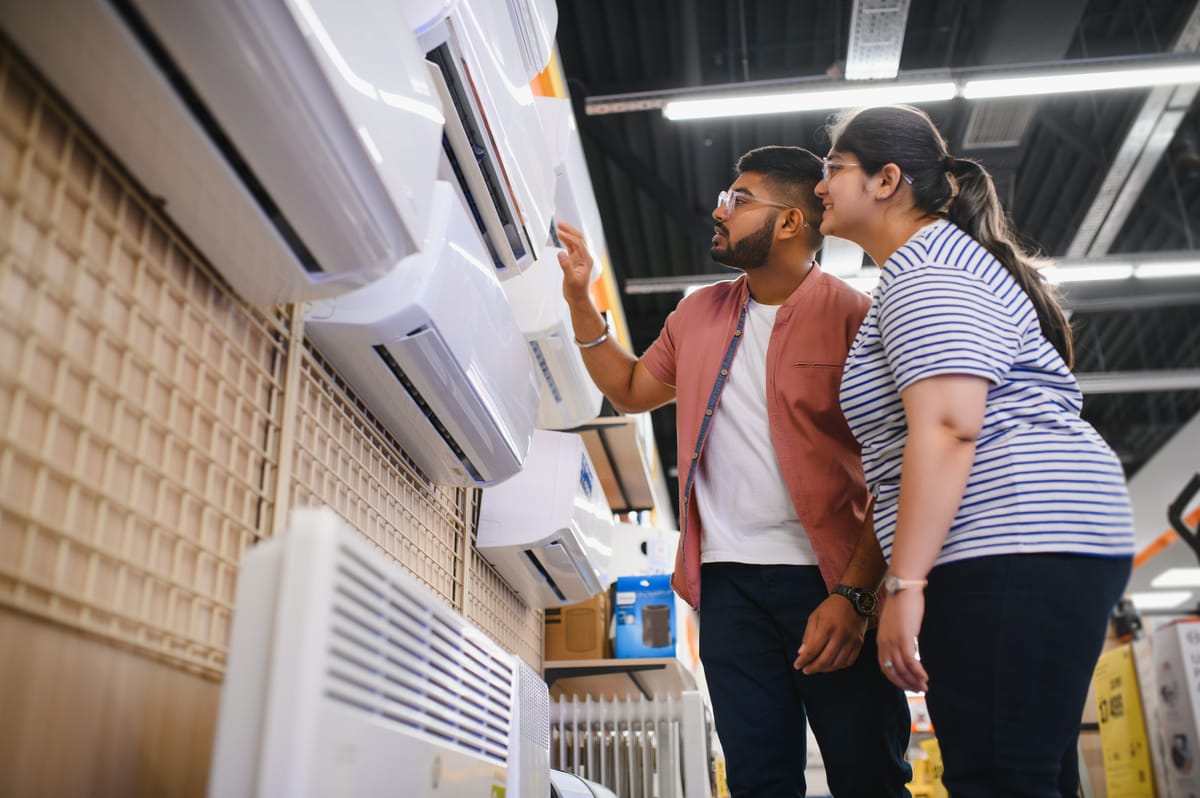
Tenant Cooling Rights Expand Under Los Angeles County’s 2025 Ordinance. What Landlords Need to Know About LA County’s Cooling Requirements
In response to rising temperatures and tenant health concerns, the Los Angeles County Board of Supervisors has adopted a new cooling ordinance requiring landlords to maintain safe indoor temperatures in rental housing. The rule, effective September 11, 2025 (with enforcement beginning January 1, 2027), establishes minimum cooling standards and outlines tenant rights to install air conditioning units in a safe, code-compliant manner. Applies to unincorporated Los Angeles County and any cities that choose to adopt the ordinance into their health codes.
Key Requirements
Landlords must maintain indoor temperatures of 82°F or cooler in all habitable rooms of rental units.
• Small property owners (10 units or fewer) are required to cool only one habitable room to 82°F until 2032, after which all habitable rooms must meet the same standard.
• A “habitable room” includes living rooms, bedrooms, kitchens, and dining area but not bathrooms, hallways, or storage spaces
Tenant Rights
• Tenants may install window A/C units or other cooling devices at their own expense, as long as installation:
o Meets building and safety codes.
o Does not damage or modify the rental unit.
o Comes with 5 days’ written notice to the landlord.
• Landlords cannot evict tenants or charge added fees for code-compliant installations
Timeline
• Effective date: September 11, 2025.• Enforcement begins: January 1, 2027 (or later, once new per-unit fees are finalized).
• Two-year extensions may be requested by landlords who cannot meet the temperature requirement using portable cooling options
Fees and Enforcement
• A new $7.77-per-unit annual fee (estimated) will be added to fund two new county inspectors (final amount pending cost study).
• Enforcement will be handled by the County Department of Public Health.
The Los Angeles County Cooling Ordinance represents a major shift in rental housing standards, reflecting growing concerns over extreme heat and tenant safety. By 2027, most landlords will be responsible for maintaining habitable indoor temperatures of 82°F or lower — a change that underscores the intersection of housing and public health policy. Housing providers should begin evaluating their properties now, exploring affordable cooling solutions, and updating lease language to reflect tenant installation rights. Proactive preparation will help ensure compliance, avoid penalties, and protect both residents and investments.
